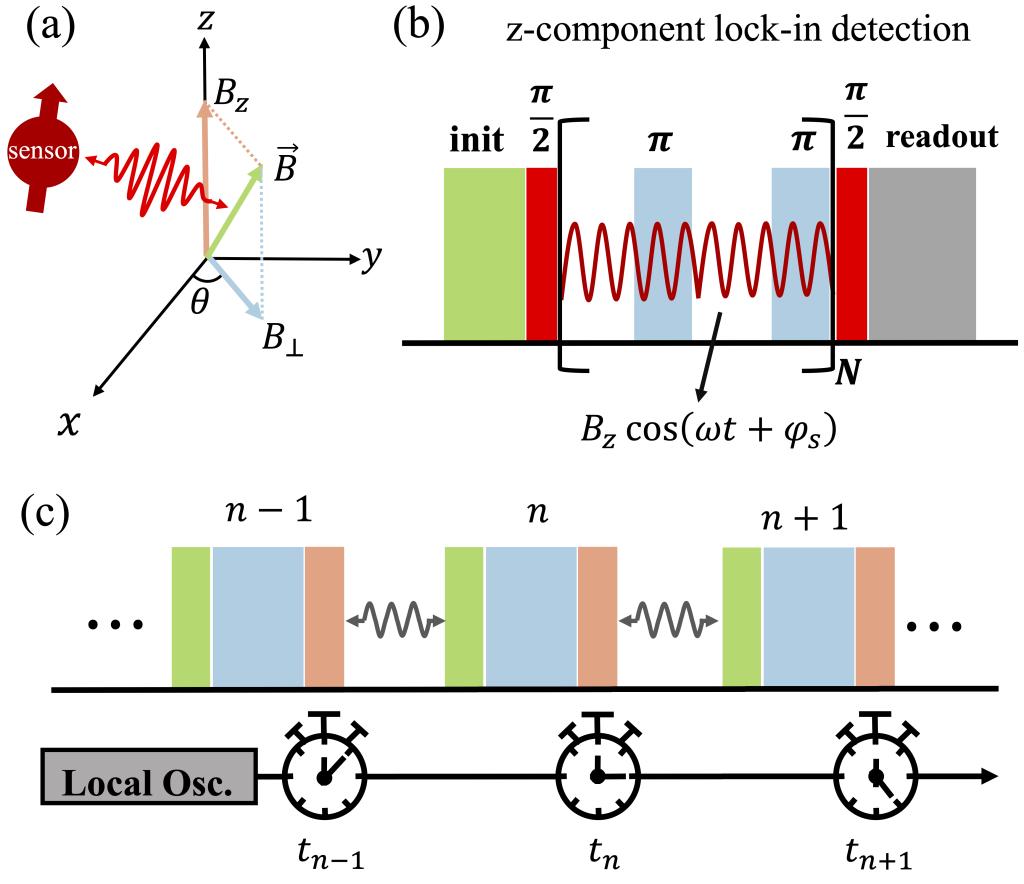
Yaoming Chu, Pengcheng Yang, Musang Gong, Min Yu, Baiyi Yu, Martin B. Plenio, Alex Retzker, and Jianming Cai
Precise spectroscopy of oscillating fields plays a significant role in many fields. Here, we propose an experimentally feasible scheme to measure the frequency of a fast-oscillating field using a single-qubit sensor. By invoking a stable classical clock, the signal phase correlations between successive measurements enable us to extract the target frequency with extremely high precision. In addition, we integrate dynamical decoupling technique into the framework to suppress the influence of slow environmental noise. Our framework is feasible with a variety of atomic and single solid-state spin systems within the state-of-the-art experimental capabilities as a versatile tool for quantum spectroscopy.
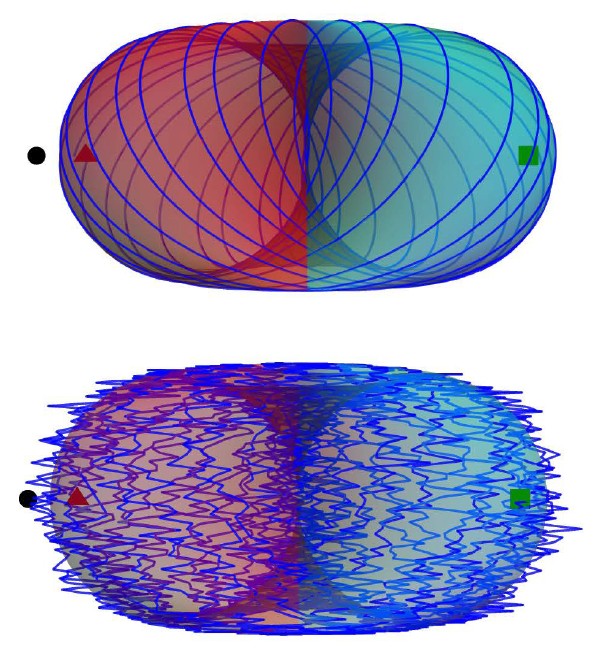
Qianqian Chen, Haibin Liu, Min Yu, Shaoliang Zhang, and Jianming Cai
The features of topological physics can manifest in a variety of physical systems in distinct ways. Periodically driven systems, with the advantage of high flexibility and controllability, provide a versatile platform to simulate many topological phenomena and may lead to novel phenomena that cannot be observed in the absence of driving. Here we investigate the influence of realistic experimental noise on the realization of a two-level system under a two-frequency drive that induces topologically nontrivial band structure in the two-dimensional Floquet space. We propose a dynamical decoupling scheme that sustains the topological phase transition overcoming the influence of dephasing. Therefore, the proposal would facilitate the observation of topological frequency conversion in the solid-state spin system, e.g., nitrogen-vacancy center in diamond.
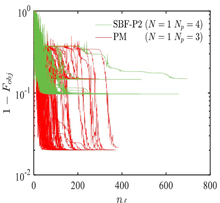
Jiazhao Tian, Haibin Liu, Yu Liu, Pengcheng Yang, Ralf Betzholz, Ressa S. Said, Fedor Jelezko, and Jianming Cai
Quantum optimal control represents a powerful technique to enhance the performance of quantum experiments by engineering the controllable parameters of the Hamiltonian. However, the computational overhead for the necessary optimization of these control parameters drastically increases as their number grows. We devise a variant of a gradient-free optimal-control method by introducing the idea of phase-modulated driving fields, which allows us to find optimal control fields efficiently. We numerically evaluate its performance and demonstrate the advantages over standard Fourier-basis methods in controlling an ensemble of two-level systems showing an inhomogeneous broadening. The control fields optimized with the phase-modulated method provide an increased robustness against such ensemble inhomogeneities as well as control-field fluctuations and environmental noise, with one order of magnitude less of average search time. Robustness enhancement of single quantum gates is also achieved by the phase-modulated method. Under environmental noise, an XY-8 sequence constituted by optimized gates prolongs the coherence time by 50% compared with standard rectangular pulses in our numerical simulations, showing the application potential of our phase-modulated method in improving the precision of signal detection in the field of quantum sensing.
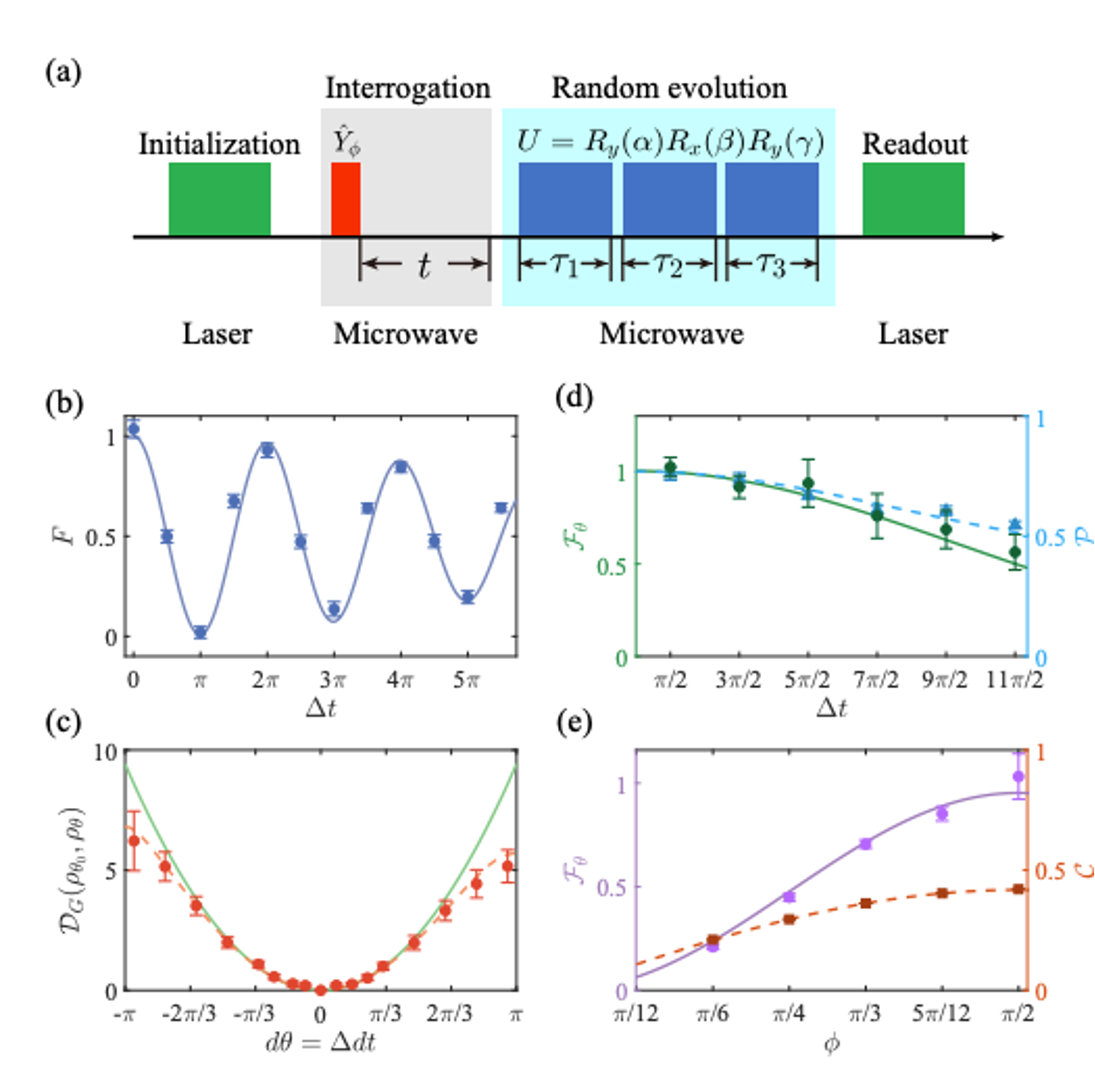
Min Yu, Dongxiao Li, Jingcheng Wang, Yaoming Chu, Pengcheng Yang, Musang Gong, Nathan Goldman, Jianming Cai
The quantum Fisher information (QFI) represents a fundamental concept in quantum physics. On the one hand, it quantifies the metrological potential of quantum states in quantum-parameter-estimation measurements. On the other hand, it is intrinsically related to the quantum geometry and multipartite entanglement of many-body systems. Here, we explore how the QFI can be estimated via randomized measurements, an approach which has the advantage of being applicable to both pure and mixed quantum states. In the latter case, our method gives access to the sub-quantum Fisher information, which sets a lower bound on the QFI. We experimentally validate this approach using two platforms: a nitrogen-vacancy center spin in diamond and a 4-qubit state provided by a superconducting quantum computer. We further perform a numerical study on a many-body spin system to illustrate the advantage of our randomized-measurement approach in estimating multipartite entanglement, as compared to quantum state tomography. Our results highlight the general applicability of our method to general quantum platforms, including solid-state spin systems, superconducting quantum computers and trapped ions, hence providing a versatile tool to explore the essential role of the QFI in quantum physics.
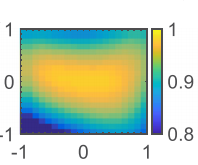
Jiazhao Tian, Tianyi Du, Yu Liu, Haibin Liu, Fangzhou Jin, Ressa S. Said, and Jianming Cai
The nitrogen-vacancy (NV) center spin represents an appealing candidate for quantum information processing. Besides the widely used microwave control, its coherent manipulation may also be achieved using a laser as mediated by the excited energy levels. Nevertheless, the multiple levels of the excited state of the NV center spin make the coherent transition process become complex and may affect the fidelity of coherent manipulation. Here, we adopt the strategy of optimal quantum control to accelerate coherent-state transfer in the ground-state manifold of the NV center spin using a laser. The results demonstrate improved performance in both the speed and the fidelity of coherent-state transfer which will be useful for optical control of the NV center spin in diamond.
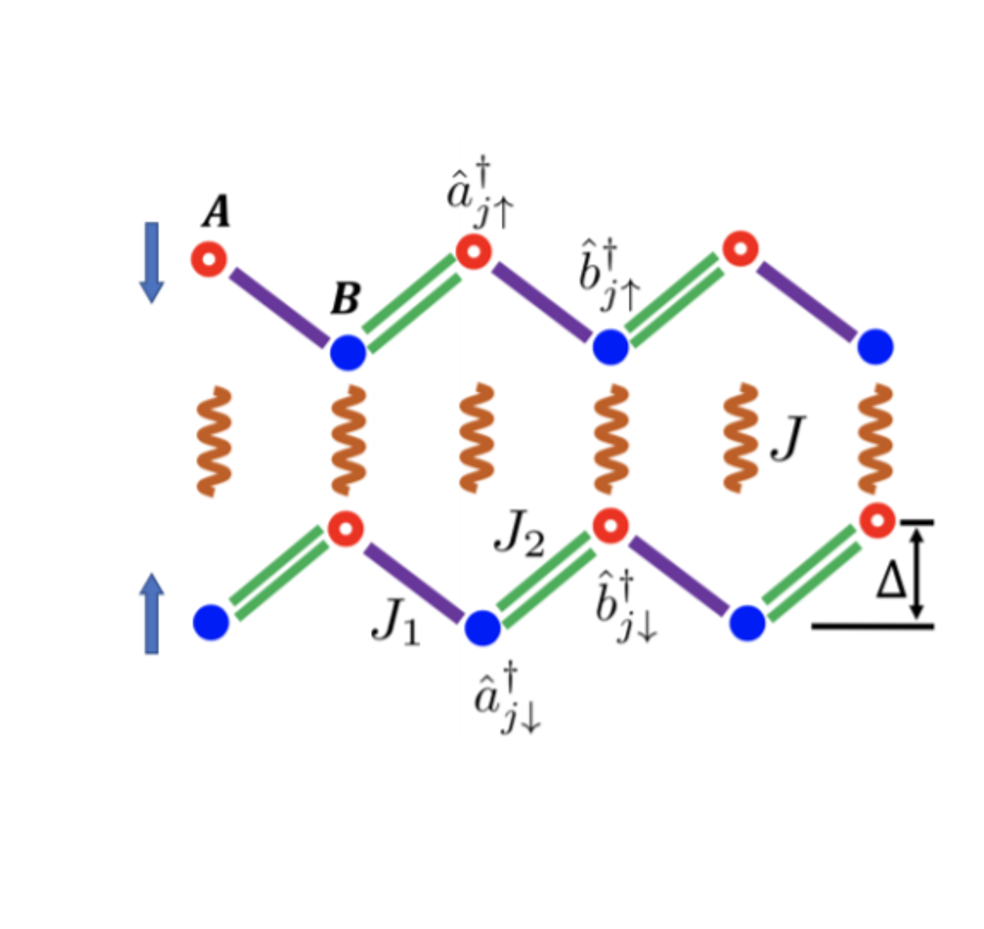
Qianqian Chen, Jianming Cai, and Shaoliang Zhang
Topological quantum pumping, also known as topological charge pumping, represents an important quantum phenomenon that shows the fundamental connection to the topological properties of dynamical systems. Here we introduce a pumping process in a spin-dependent double-well optical lattice with glide symmetry. In the dynamic process, the glide symmetry protects the band-touching points, and topological properties of the system are characterized by the non-Abelian Berry curvature. By engineering a suitable form of coupling between different spin components, the model not only demonstrates topological phase transition but also shows hybridization between the spatial and temporal domain with topological features captured by the Wilson line along the synthetic directions. Our work provides a model based on ultracold atoms towards the implementation of versatile topological matters and topological phenomena in condensed matter systems.
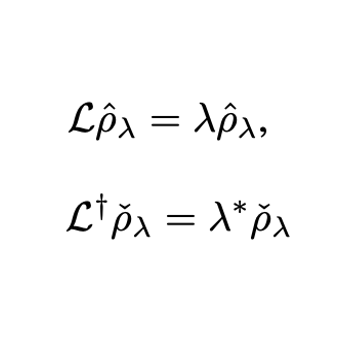
Juan Mauricio Torres, Ralf Betzholz, Marc Bienert
We present a closed-form analytical solution to the eigenvalue problem of the Liouville operator generating the dissipative dynamics of the standard optomechanical system. The corresponding Lindblad master equation describes the dynamics of a single-mode field inside an optical cavity coupled by radiation pressure to its moving mirror. The optical field and the mirror are in contact with separate environments, which are assumed at zero and finite temperature, respectively. The optomechanical damping basis refers to the exact set of eigenvectors of the generator that, together with the exact eigenvalues, are explicitly derived. Both the weak- and the strong-coupling regime, which includes combined decay mechanisms, are solved in this work.
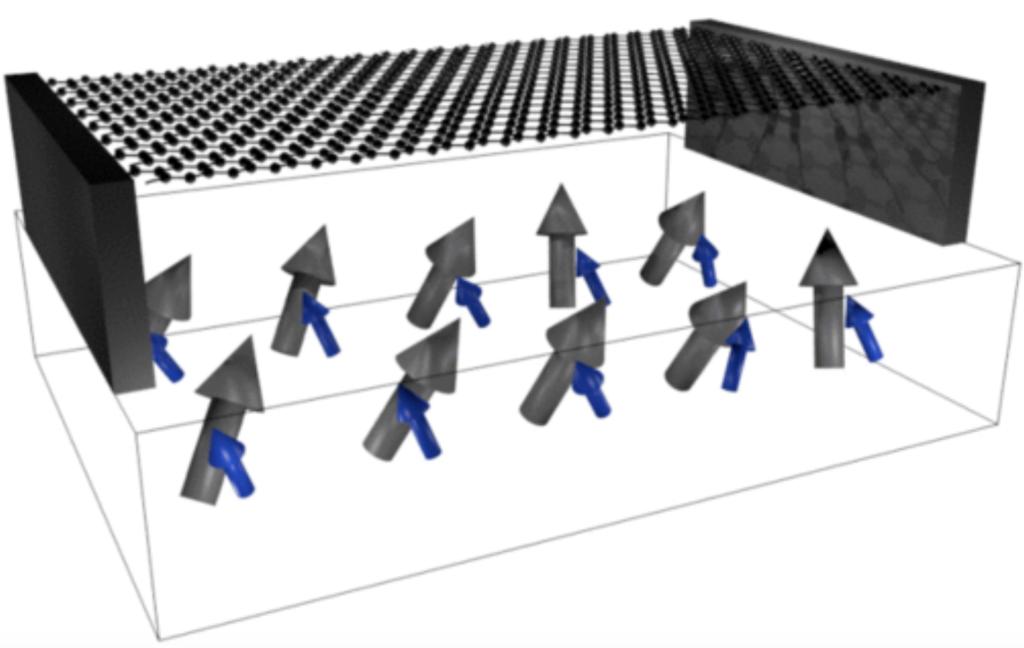
Puhao Cao, Ralf Betzholz, and Jianming Cai
We propose a solid-state hybrid platform based on an array of implanted nitrogen-vacancy (NV) centers in diamond magnetically coupled to a mechanical oscillator. The mechanical oscillator and the NV electronic spins both act as a quantum bus and allow us to induce an effective long-range interaction between distant nuclear spins, relaxing the requirements on their spatial distance. The coherent nuclear spin-spin interaction, having the form of an Ising model, can be maintained in the presence of mechanical damping and spin dephasing via a pulsed dynamical decoupling of the nuclear spins in addition to the microwave driving field of the electronic spins. The present hybrid platform provides a scalable way to prepare multipartite entanglement among nuclear spins with long coherence times and can be applied to generate graph states that may be used for universal quantum computing.
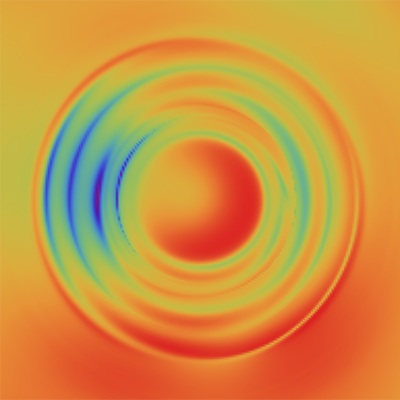
Tianyi Du, Jianming Cai, and Haibin Liu
Quantum sensors based on nitrogen-vacancy (NV) centers in diamond have attracted intensive interest due to their superior measurement sensitivity even at the single-spin level. Such a sensitive quantum spin sensor incorporating a scanning apparatus may offer a way to image spins on surfaces and micromagnetic structures. Apart from high sensitivity, superspatial resolution represents another appealing feature, although it is challenging to achieve for a NV-based scanning microscope. Here, we propose a hybrid scanning microscope scheme under ambient conditions by using single-nitrogen-vacancy-center spin in diamond to achieve high spatial resolution. With a detailed numerical analysis, we demonstrate that it is feasible to detect and distinguish individual spins with a nanometer spatial resolution.
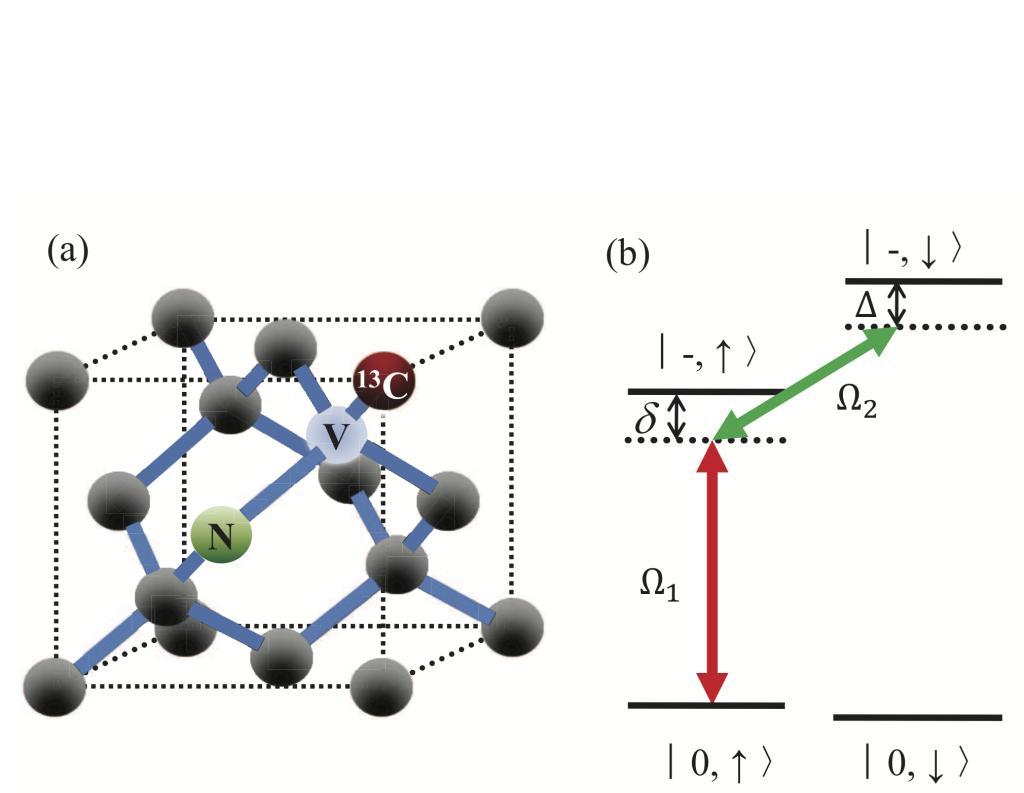
Yang-Yang Wang, Jing Qiu, Ying-Qi Chu, Mei Zhang, Jianming Cai, Qing Ai, Fu-Guo Deng
The implementation of quantum entangling gates between qubits is essential to achieve scalable quantum computation. Here, we propose a robust scheme to realize an entangling gate for distant solid-state spins via a mechanical oscillator in its thermal equilibrium state. By appropriate Hamiltonian engineering and usage of a protected subspace, we show that the proposed scheme is able to significantly reduce the thermal effect of the mechanical oscillator on the spins. In particular, we demonstrate that a high entangling gate fidelity can be achieved even for a relatively high thermal occupation. Our scheme can thus relax the requirement for ground-state cooling of the mechanical oscillator, and may find applications in scalable quantum information processing in hybrid solid-state architectures.
版权所有 Copyright(C) 2018 华中科技大学量子传感与量子测量国际联合实验室